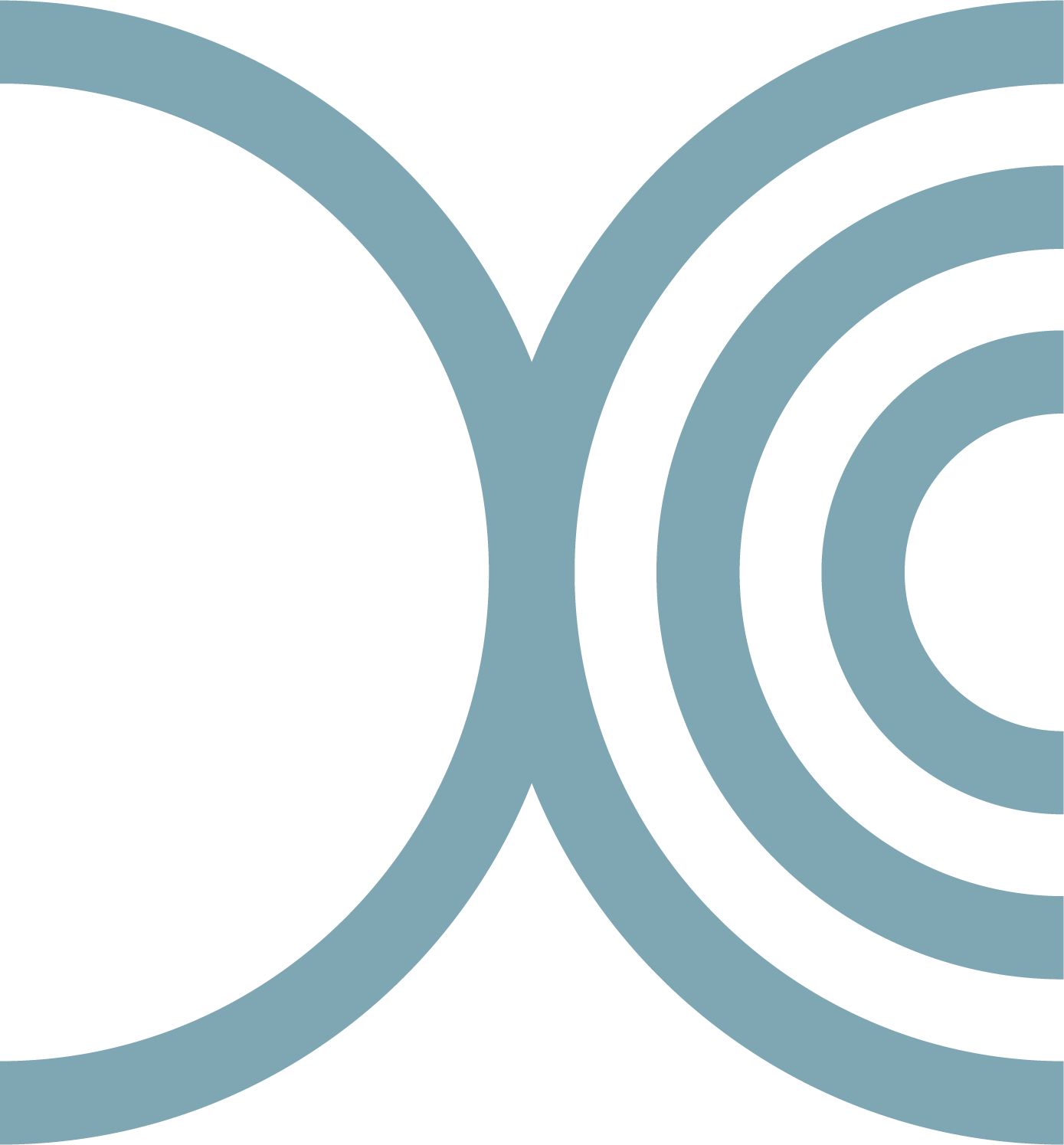Received grant in 2018
Deciding whether a patient with brain cancer benefits the most from photon or proton therapy involves taking many clinical and technical parameters into consideration. This is, among other factors, due to the inadequate knowledge of radiation and side effects caused by protons in certain areas of the brain. This means that patients referred to either photon or proton therapy will vary greatly until this knowledge is adequate. In this project we will examine which parameters doctors attach the most importance to and thereby create improved national guidelines for which patients that must be referred to either photon or proton therapy.
Many clinical and technical parameters are involved in the decision-making process when a doctor has to decide whether a patient with brain cancer benefits the most from photon- or proton therapy.
This is, among other things, due to inadequate knowledge of radiation and side effects of protons in certain areas of the brain. Until this knowledge is in place there will be great variation in patients referred to either photon or proton therapy.
Status March 2023
The project has achieved the objective of quantifying the national referral practice by examining, under controlled conditions, doctors' referral practice for either proton or photon treatment across the country, and the most decisive factors for their decision are the patient's age and how much the dose can be reduced to the healthy part of the brain. The model has been tested under relatively controlled conditions and the next step is now to investigate whether it still works in clinical practice.
Multidisciplinary organisation
DNOG – Danish Neuro-Oncological Group
Project stakeholders
- Jesper Folsted Kallehauge, Medical Physicist, PhD, Department of Oncology, Aarhus University Hospital. Primary contact, mail: jespkall@rm.dk
